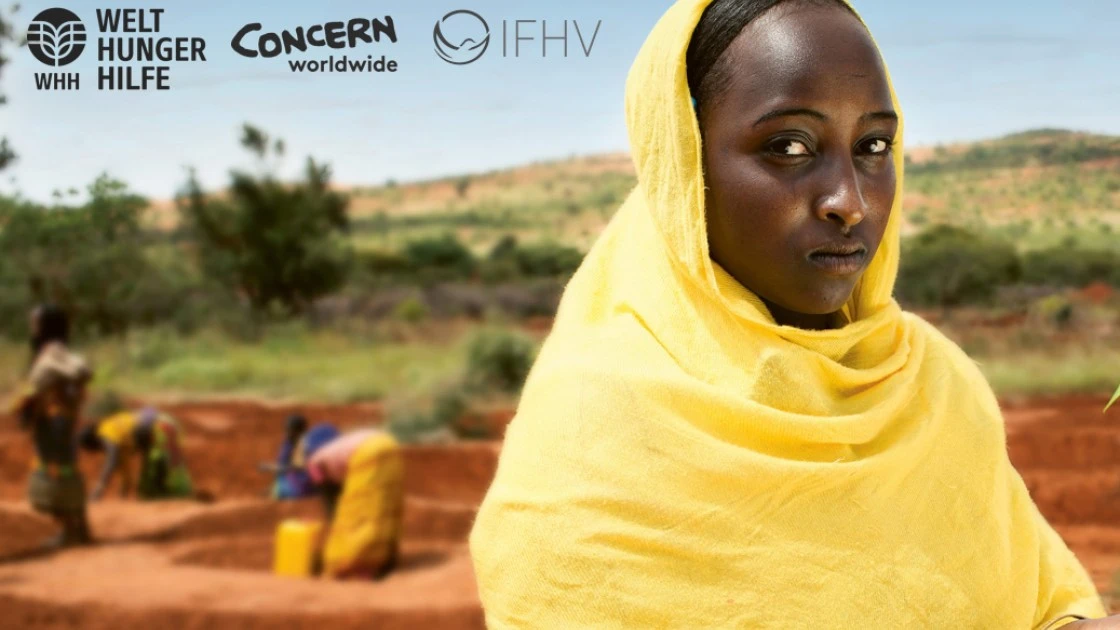
Global Hunger Index 2025 Report Highlights Urgent Need to Reignite Global Action as Progress Stalls
Key Findings:
42 countries have serious or alarming hunger levels.
Conflict and armed violence fueled 20 food crises, affecting nearly 140 million people in the past year.
In parts of South and Southeast Asia and Latin America, where there is stability and investment, hunger levels continue to decline.
Global Progress Toward Zero Hunger Has Stalled
The possibility of achieving the UN Sustainable Development Goal of Zero Hunger by 2030 is slipping away. At the current rate of progress, it will take more than 100 years to reach globally low hunger levels, according to the Global Hunger Index (GHI) 2025, published today.
“At the current pace, at least 56 countries will not reach low hunger – let alone Zero Hunger – by 2030,” said Réiseal Ní Chéilleachair, Concern Worldwide’s Director of Strategy, Advocacy and Learning, at the report’s launch. “If progress remains at the pace observed since 2016, low hunger at the global level may not be reached until 2137 – more than a century away.”
The GHI is published by the humanitarian organization Concern Worldwide, the German aid agency Welthungerhilfe, and the Institute for International Law of Peace and Armed Conflict. The 2025 report notes that overlapping global crises – including escalating conflicts, climate shocks, economic fragility, and political disengagement – have derailed progress.
“Hunger Is Not Inevitable”
“But hunger is not inevitable. It is the result of a lack of sustained political will, policy failure, policy financing, and implementation,” Ms. Ní Chéilleachair said. “Progress is evident in a number of countries, the report shows, especially on undernourishment. The international community needs to re-energize, re-commit, and re-focus its efforts to tackle global hunger levels—prioritizing communities and people who are most affected.”
In 2025 – the 20th year of the GHI – the global score has improved only slightly compared to 2016. The lack of progress toward achieving the Sustainable Development Goals reflects policy ambivalence: stated ambitions are not being matched with adequate resources or actions.
“Putting it in simple terms, talk is not being backed by action,” Ms. Ní Chéilleachair said.
Worsening Crises and Data Gaps
Instead of correcting course, many decision-makers are underinvesting in their commitments and pursuing destabilizing policies. Vital monitoring and early-warning systems that track hunger are being undermined by security risks, bureaucratic obstacles, and funding cuts that hamper aid delivery and data collection.
The 2025 GHI shows that hunger is considered “alarming” in seven countries: Burundi, the Democratic Republic of the Congo, Haiti, Madagascar, Somalia, South Sudan, and Yemen.
In another 35 countries, hunger is designated as “serious.” Furthermore, many countries are moving backward: in 27 countries with low, moderate, serious, or alarming GHI scores, hunger has increased since 2016.
The report’s authors also highlight data gaps that prevent the calculation of GHI scores in Burundi, the Democratic People’s Republic of Korea, Gaza, Sudan, and Yemen. These gaps obscure the true extent of hunger, but available indicators point to worsening conditions that are likely more alarming than current figures show.
Funding Cuts and Military Spending Undermine Progress
The Global Hunger Index 2025 is published at a time when humanitarian funding is being cut while military spending continues to rise. Assistance is increasingly limited to only the most acute cases, leaving millions without support.
As systems to measure and respond to hunger are weakened, a dangerous cycle emerges: humanitarian needs become invisible – and therefore attract no assistance.
Signs of Hope
The report also highlights positive developments, including improvements in undernourishment levels in parts of South and Southeast Asia and Latin America. Sustained investments, the report notes, can drive meaningful progress in reducing hunger – pointing to success stories from Angola, Bangladesh, Ethiopia, India, Nepal, and Sierra Leone.
Notes to Editors
To access the Global Hunger Index 2025 report, visit www.globalhungerindex.org.
About the GHI: The GHI ranks countries based on four key indicators:
- Undernourishment – the share of the population with insufficient caloric intake.
- Child stunting – the share of children under five with low height for their age, reflecting chronic undernutrition.
- Child wasting – the share of children under five with low weight for their height, reflecting acute malnutrition.
- Child mortality – the share of children who die before age five, reflecting the fatal mix of inadequate nutrition and unhealthy environments.
Countries are scored on a 100-point hunger severity scale:
- Extremely alarming: 50 or greater
- Alarming: 35-49.9
- Serious: 20-34.9
- Moderate: 10-19.9
- Low: 9.9 or lower
